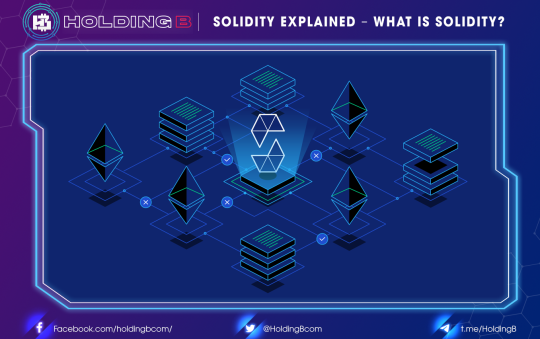What is a sidechain?
A sidechain consists of a blockchain network linked to the main chain through a two-way latch.
Let’s use Bitcoin as an example. If one wants to use a sidechain connected to the Bitcoin protocol, they must lock a certain amount of BTC by sending it to an output address on the sidechain. After a short while, the deposited amount is now available on the sidechain.
The difference between sidechains and blockchain forks
Sidechains should not be confused with blockchain forks, which occur when a group of users on the network decide to completely fork into a new blockchain. In the case of a hard fork of the blockchain, the goal is to create a brand new main chain with complete autonomy. The BCH blockchain is the most prominent example of a Bitcoin fork. In contrast, sidechains aim to work alongside the main chain to achieve a high degree of interoperability.
Do you wonder why the hard fork happened? There are many reasons to execute a hard fork. One of the most common reasons is to level up and update network protocols. Most recently, Ethereum has successfully activated the latest upgrade of the Istanbul Hard Fork in the final stages of the Ethereum 2.0 conversion.
Another reason for the hard fork to take place is network security. Due to the discovery of an unfortunate risk or fatal error in an old version of the application. Therefore, the developers have requested the hard fork to add new features and/or to reverse the payment of transactions to prevent hackers.
Some prominent sidechains on the market that you may know include: BNB Smart Chain, Polygon PoS Chain, Avalanche C-Chain, Fantom,…
The importance of the sidechain
Developers and blockchain participants use the sidechain to test features and experience other use cases that are not normally available on the main chain of the network. Sidechains can also be used to speed up transaction completion and reduce overall transaction costs.
The second advantage of sidechains is the autonomy of the technology, which is reasonably customized to the product vision. If you are a DApp developer on Ethereum, you have to depend on Ethereum’s infrastructure and development direction.
The third outstanding advantage is that sidechains support common computation and EVM compatibility. This makes it easy for DApps on the Ethereum mainnet to scale across sidechains.
Test/upgradability: Sidechains allow new ideas to be tested and deployed without broad consensus. This testing and scalability offer many efficiencies that contribute to scalability.
Diversification: Assets from other blockchains can be made available to more people. Applications such as lending and borrowing in DeFi can access assets from other chains.
Blockchain sidechain limitations
Security
Security is the main reason why sidechains are not gaining much popularity. In fact, sidechains are very flexible and have their own set of rules, even if they are tied to the parent. To improve scalability, sidechain architecture frequently trades off security and decentralization.This flexibility can lead to many vulnerabilities.
High fees
While a sidechain benefits users greatly by providing faster and more efficient services, it can also charge higher fees when transferring assets from the main chain to the sidechain and vice versa.
Closing thoughts
Despite its many limitations, the sidechain is the best solution to the scalability problem by allowing more transactions to increase speed, and it also facilitates blockchain applications in smart business scenarios. It often provides flexibility
See ya in the next article !
Don’t forget to follow useful articles about Crypto Market from team Holding B !!!
- Telegram Channel: https://t.me/HoldingBcom
- Telegram Group: https://t.me/HoldingB
- Website: https://holdingb.com/
- Twitter: https://twitter.com/HoldingBcom
- Facebook: https://www.facebook.com/holdingbcom





